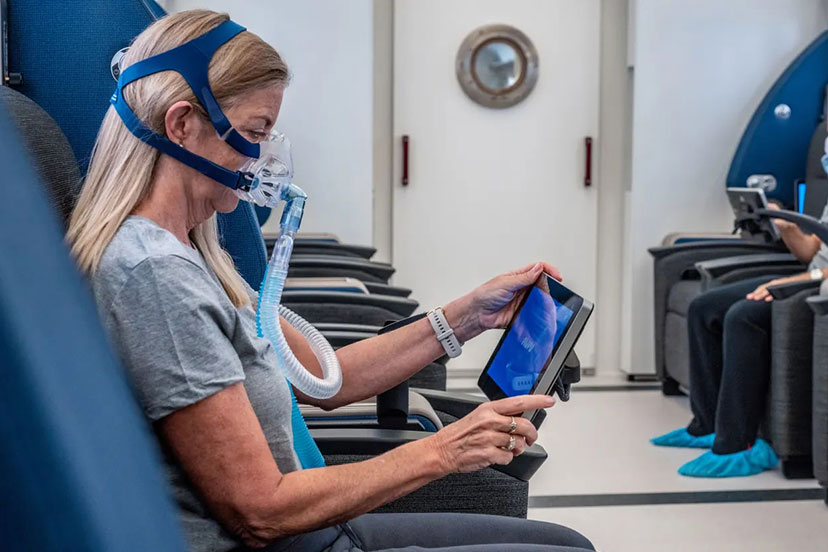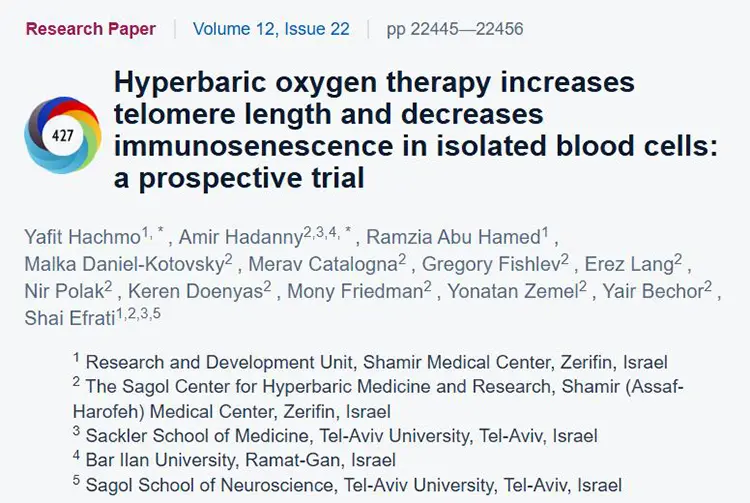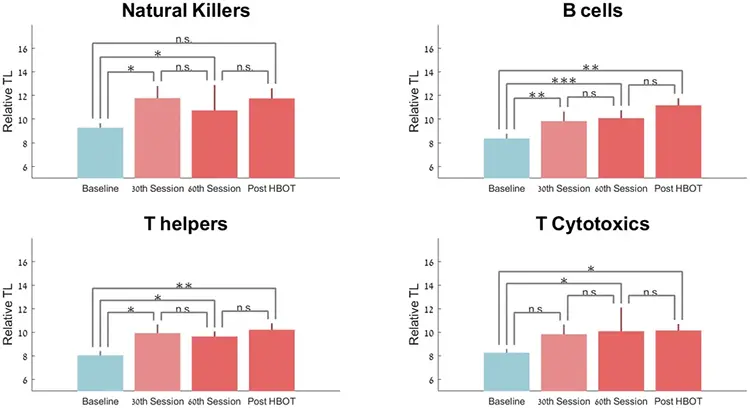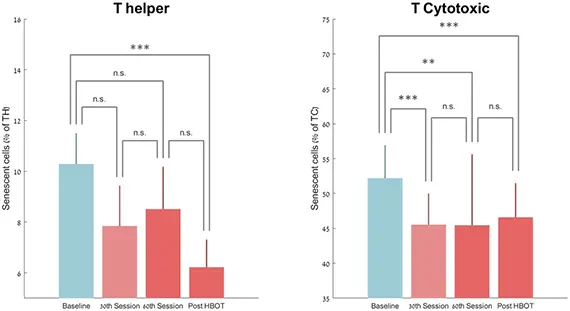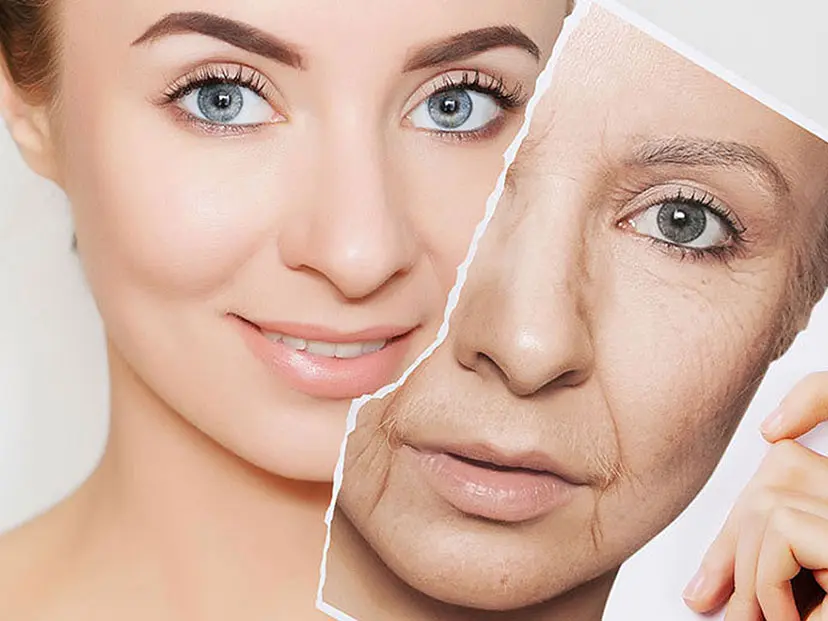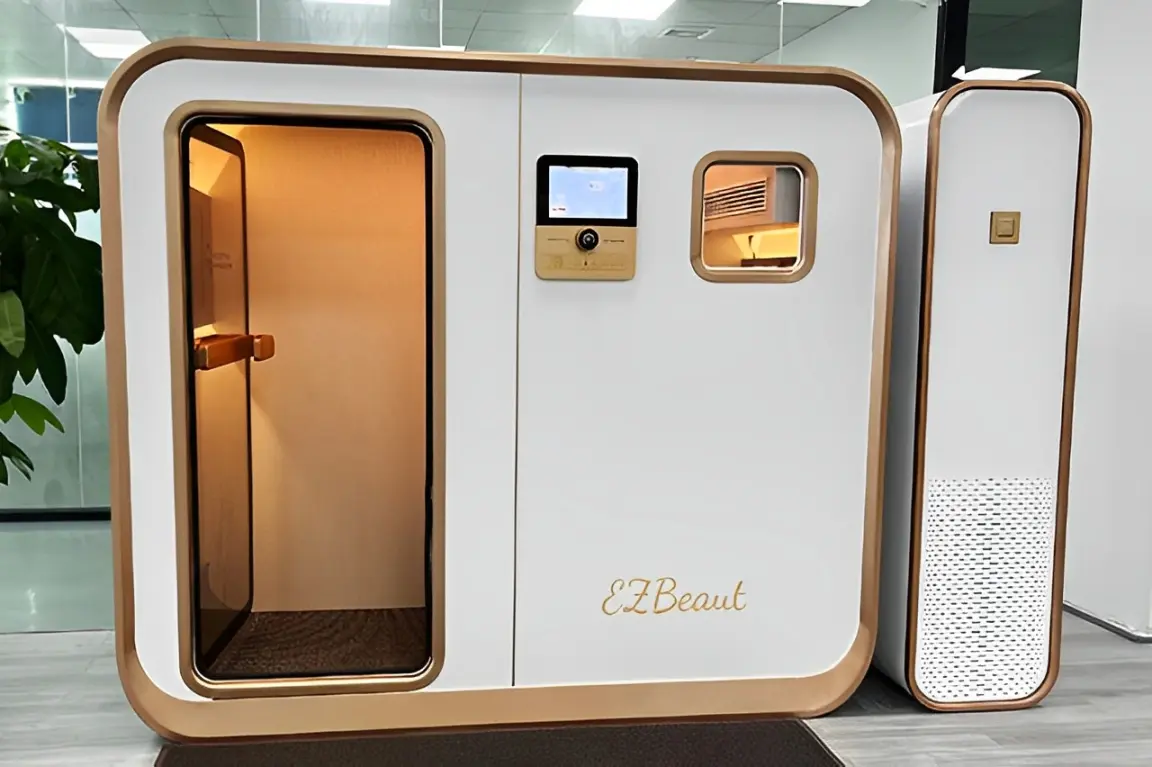NFL Athletes Using Hyperbaric Chamber to Accelerate Healing
The 2016 NFL Draft starts this Thursday, April 28th, and will be aired on ESPN. Hundreds of young men that were just in classrooms a few months ago will don suits and snapback hats to pledge allegiance to their new employers and fanbases.
In today’s world, with our knowledge of how the violent game of football impacts the bodies of football players, NFL stars are doing everything they can to prolong their careers from being drafted in their early twenties all the way through their primes into their late thirties.
One of the ways NFL athletes recover from a long day on the field is with oxygen therapy from a hyperbaric chamber. Hyperbaric Oxygen Therapy has produced benefits in a range of conditions and slows the aging process by stimulating the production of mitochondria inside cells. This increases the cells energy and allows athletes to speed up their own healing process and reduces or eliminates the necessity for potentially addictive opiate pain pills or banned substances.
This is crucial in today’s athletic environment, where an injury can cost an athlete millions of dollars or their entire career by aggravating chronic injuries:
A sports injury can be especially devastating for an athlete. Often, athletes re-injure themselves or make their conditions worse by attempting to return to full activity before their bodies have healed completely. Athletes sidelined because of injury can lose their standing in national rankings, or their place on a team. Because elite athletes have so much at stake, many have turned to mild hyperbaric oxygen therapy to speed recovery.
According to Steve Weatherford of the New York Giants, many NFL players go ahead and sleep in their personal hyperbaric chambers! From USA Today:
Despite how futuristic sleeping in hyperbaric chamber may seem, this has actually become a common practice among many NFL players for a few years now. I have my own portable chamber in my house! The reason for why I and so many NFL players engage in sleeping these chambers is because a hyperbaric chamber reduces swelling, promotes the healing of wounds, helps fight off dangerous infections, and increases the amount of oxygen in the bloodstream.
One of those athletes is Weatherford’s New York Giants teammate, RB Rashad Jennings. Jennings appeared on ESPN this past NFL season to show reporter Hannah Storm the logistics and benefits of bringing his own personal hyperbaric chamber on the road (If you can’t watch the video, click here).
Other NFL players that use hyperbaric chambers include former Georgia Bulldogs Benjamin Watson and Hines Ward, Atlanta Falcons QB Matt Schaub, RB Reggie Bush, Steelers LB James Harrison, and Tim Tebow. Athletes outside of the NFL that use hyperbaric chambers include the MLB’s Matt Kemp and Adrian Beltre, UFC star Urijah Faber, and golf legend Tiger Woods.
In addition to accelerating the healing process for athletes, hyperbaric therapy can be used in the treatment of the following conditions:
- Autism
- ADD/ ADHD
- Stroke
- Anti-aging
- Alzheimer’s
- Symptoms of Parkinson’s Disease
- Chronic Fatigue Syndrome
- Lyme Disease
- Fibromyalgia
- Multiple Sclerosis
- Post-Surgery
- Migraine Headaches
- Vascular Disease
- Burns
Contact us to learn more about hyperbaric oxygen therapy chamber!


